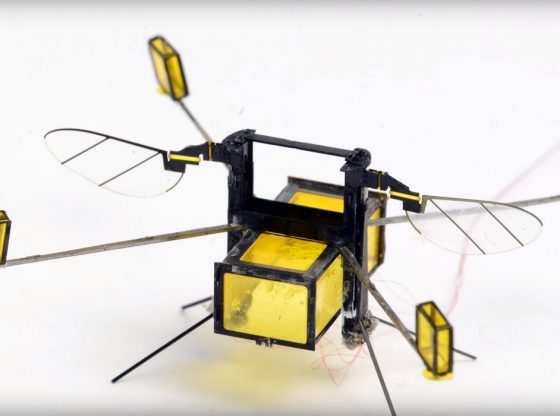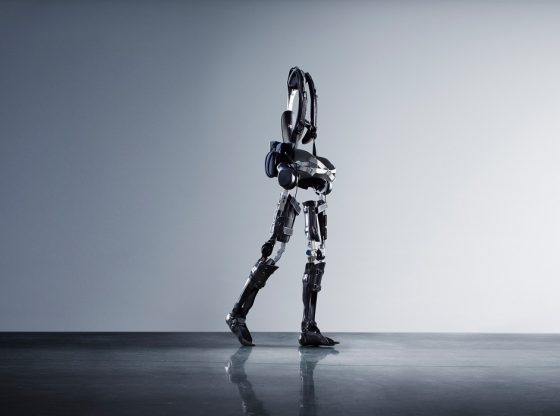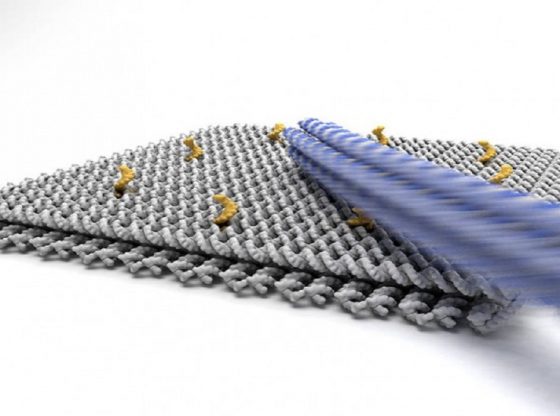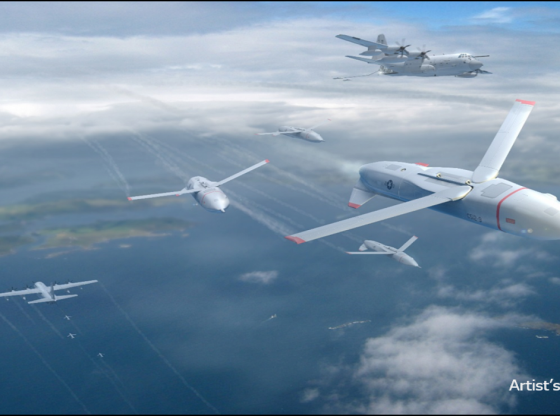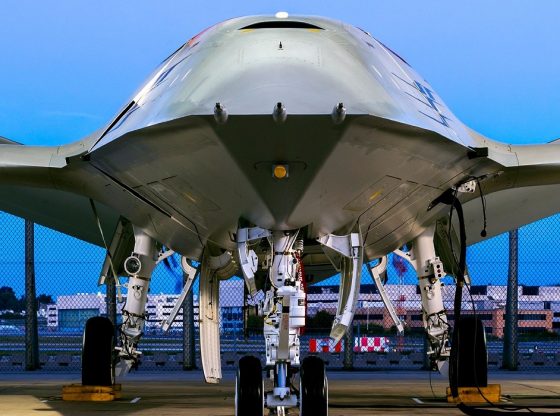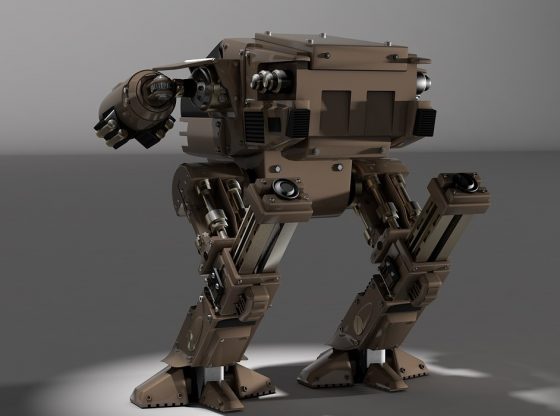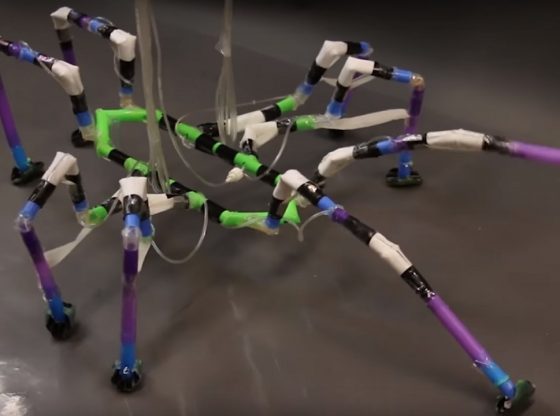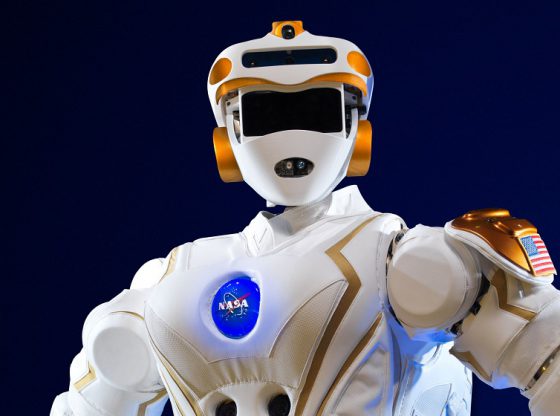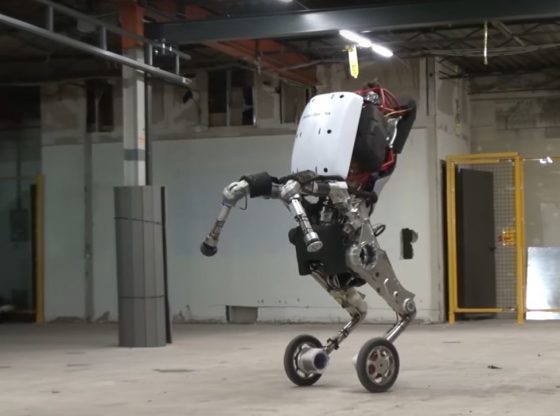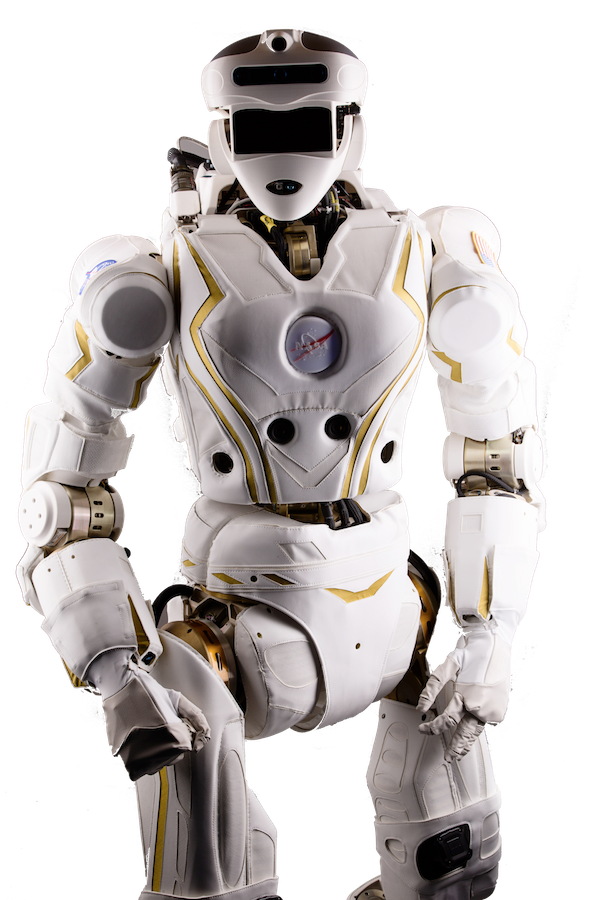
Powered by a battery, 1,90 meters (6 foot, 2 inches) tall and weighing in at 125 kilos (276 pounds) – it is NASA’s new robot Valkyrie.
The robot is a result of a team working nine months in shifts for 22 hours a day at the NASA Johnson Space Center. The team developed and assembled this human-like robot called Valkyrie, named after the divine female spirits Valkyries found in Norse mythology.
DARPA: Robotics Challenge
This busy working schedule came from a need for the robot to be ready in time for the U.S. defense department DARPA’s large robot contest – Robotics Challenge – aimed at developing autonomous robots that could replace humans in disaster situations. Performing those tasks harmful or impossible for human rescue workers or engineers.
But besides rescue and disaster situations. NASA also sees several opportunities for Valkyrie to be used in space. Nicolaus Radford led the development of the Valkyrie, “NASA wants to get to Mars and to get to Mars, NASA will likely send robots ahead of human explorers. The robots will begin to prepare for the people, and when people arrive, robots and humans to work together”.
A Multi-functional Humanoid Robot
NASA’s Valkyrie has high mobility in its arms, hands, legs, neck, and waist. It has cameras and 3D sensors not only on its head but also on the arms, legs, and feet. Its right and left arm are interchangeable. This makes the robot easier and quicker to repair if any damage occurs. Its battery lasts for approximately one hour. It is easily replaced, the robot simply sits down and the batteries can be replaced in minutes.
The robot needs this high mobility to be able to perform the challenges of DARPA’s competition which includes driving a vehicle at an accident scene, walk over rubble, open a door, climb a ladder, punch a hole in a concrete wall, find a valve, close the valve, connect a hose to a fire hydrant etc.
It is not a coincidence that the challenge closely resembles the dramatic events that unfolded during the first 24 hours at the Japanese Fukushima nuclear power plant in 2011. Human workers attempted but ultimately failed to fix one of the crippled reactors.
Competition Is High
The Robotic Challenge Competition began in 2012, but the DRC Trials will take place in Florida in December this year, for the finals to take place next year. The DRC Trials will be granted some support via remote control but during the finals next year they shall be fully autonomous.
Valkyrie participates in the contest “track An” and is competing against five other teams with their own robots, all with funding from DARPA. For the track B/C race, seven teams may borrow the ATLAS robot developed by Boston Dynamics with funding from DARPA. Then there are an additional four teams in track D who participates at their own expense with their own designs.
See more below for Valkyrie’s competition. Also below, a presentation of NASA’s Valkyrie.
______________
http://www.theroboticschallenge.org/
____________________________

